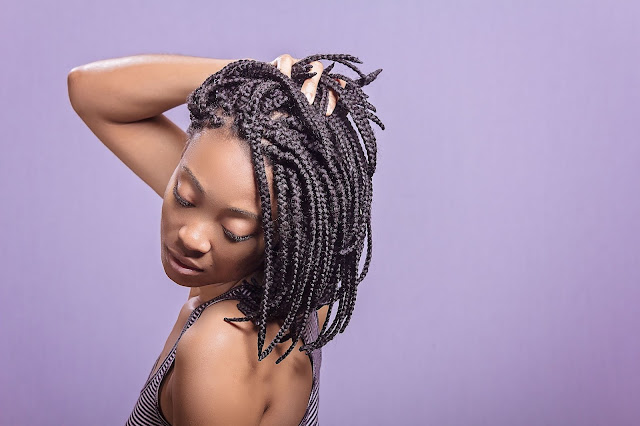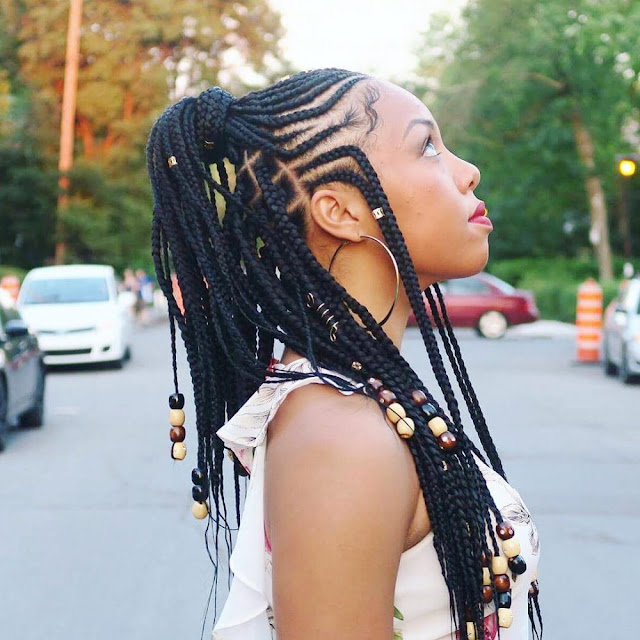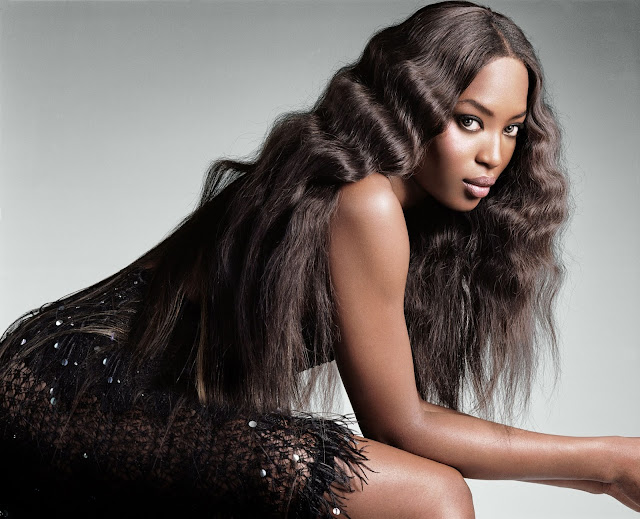Box Braids: The Best “Braid Pattern” Friend For Thin Hair
 |
| Thin Hair? No Problem! Box Braids Are Here For You |
Are you here because you have thin hair and loves braids at the same time? Well, you might be wondering if braids would work for you if you have thin or fine hair. We've all heard horror stories about hair loss caused by tight braids. And if you already have fine or thin hair, additional hair loss is the last thing you want. What's the good news? If you follow some principles and style advice, box braids are one of the best braiding patterns to choose for thin hair.
Continue reading to learn how to do the greatest box braids for thin hair and why it is good for people with thin hair.
Tight Braids Can Cause Hair Loss
Hair loss from tight box braids is unfortunately all too frequent, especially among African American women. According to the American Academy of Dermatology, traction alopecia affects more than one-third of African American women at some point in their lives.
Hair loss caused by pulling on the hair is known as traction alopecia. Too-tight ponytails, buns, and braids can trigger this sort of hair loss. The first signs of traction alopecia are tiny pimples on the scalp. Hair begins to fall out and break off as the illness worsens. The hairlines (or "edges") around the front or sides of the scalp are usually the most damaged. Scarring on the scalp and a receding hairline are possible outcomes in the worst-case scenario.
But Why Box Braids? How Does It Help?
If you see signs of traction alopecia, the best thing you can do is stop braiding your hair. You can, however, wear milder braid styles like box braids as long as you pay close attention to how they're installed and how you care for them afterward.
Box braids are a protective braid pattern for sew-in hairstyles that involves sectioning natural hair into box-shaped parts. The original hair is then braided with the extensions. This helps you to give your hair more length and thickness, which is especially beneficial if you have thin or fine hair. Because you don't have to style your hair every day with braids, you're allowing your natural hair to grow with minimal damage.
Braids can also help conceal areas of traction alopecia, depending on how your hairdresser separates your hair for the braids.
How To Achieve The Right Box Braid For You?
Research
To begin, look for a hairdresser that has a lot of expertise braiding thin hair. Request referrals from friends or search online for a braid specialist in your region. To avoid needless breaking and hair loss, thin hair must be braided using a specialized technique.
Buy And Pretreat A Suitable Extension
Choose a hair texture that is light enough for your hair type while shopping for extensions for your box braids. Too-heavy extensions can cause damage to fine or thin hair by pulling it at the root.
Keep an eye out for allergies if you buy synthetic hair extensions. Synthetic hair has a covering on it that might irritate your scalp, causing inflammation and more hair loss. Fill a bowl halfway with warm water and one cup of apple cider vinegar to remove the coating. Allow 20 minutes for the synthetic hair to soak in the bowl. Rinse the hair in clean, warm water after a white film emerges. Squeeze any excess moisture from your hair and hang it to dry.
Condition Your Natural Hair Thoroughly
Deep condition your natural hair before your braiding appointment to ensure it is as healthy as possible.
You can buy a conditioning mask or manufacture your own at home. Combine one part coconut oil and one part honey in a mixing bowl. Allow 30 minutes to sit after applying to hair. Then, using a gentle shampoo, wash it out.
Choose The Right Box Braid For You
Tell your hairstylist that you prefer tiny or medium box braids at your braid installation session. These will be less tense on your natural hair than thick braids.
Also, get your braids feathered by your hairdresser. The roots of feathered braids are thick, and the ends are slender. This will reduce the weight of your sew-in braids, making them less prone to trigger traction alopecia. Lighter braids are also more adaptable and place less strain on your neck, shoulders, and back.
Avoid Tighter Braids
Make sure your hair isn't braided too tightly. Your braids should feel solid, but not so tight that moving your head or lifting the braids causes pain.
Don’t Forget To Rebraid The Edges
Depending on how quickly your hair grows, you should have your edges redone every three to four weeks. Our hair around the borders has a finer texture, which makes it more prone to breakage. The extension will become less stable when your edges begin to grow out. The extension is more likely to be pulled out, causing the hair follicle to be pulled out as well.
Although rebraiding your edges every few weeks is effort consuming, it is necessary to avoid hair loss caused by the braids.






Comments
Post a Comment